Strawflowers are flowering plants with beautiful blooms, often grown for drying due to their longevity as everlasting flowers. The plants are easy to grow from seed using the right techniques. Learn how to grow strawflowers, and enjoy these long lasting blooms in both their fresh and dried states.
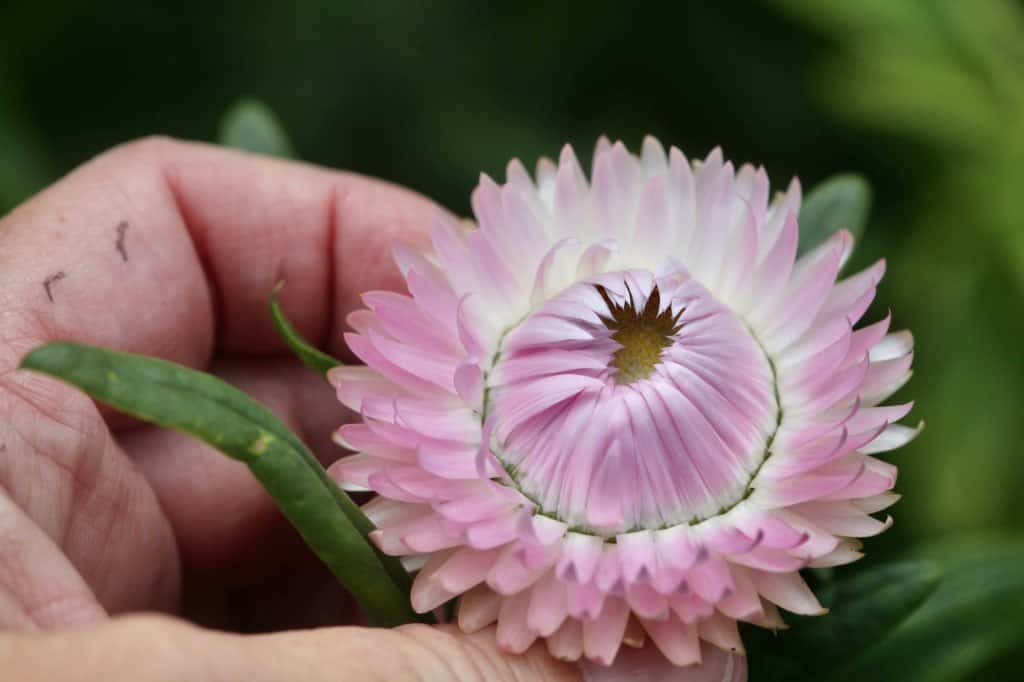
What Are Strawflowers?
A familiar and much loved plant by many, due to it's use as a dried flower, the strawflower has a place both in the landscape and in the vase.
Strawflowers are native to Australia, however have a wide distribution throughout the world.
Known by the scientific name Xerochrysum bracteatum, strawflower belongs to the Genus Xerochrysum, and the Family Asteraceae.
The strawflower plant was known as Bracteantha bracteata from 1991 to 2002, following which the strawflower's Latin name was changed to Xerochrysum bracteatum.
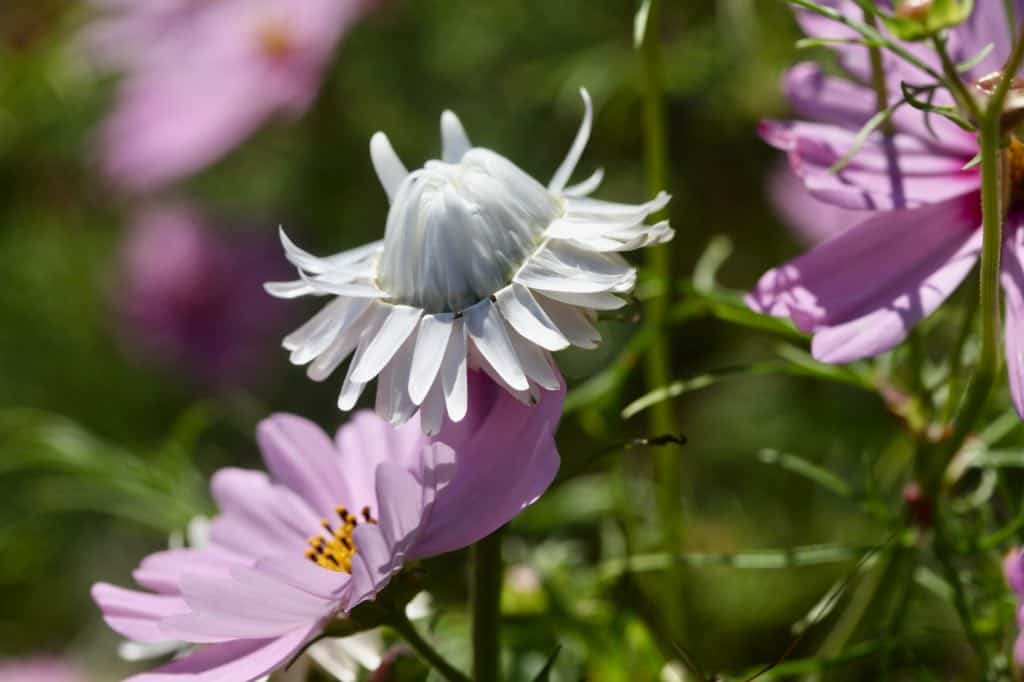
The latin species name, "bracteatum" reflects the significance and prominence of the bracts on the strawflower bloom. These bracts are often confused and misidentified as the petals of the flower, which they are not.
What many think are the papery petals on the strawflower flower, are actually colorful modified bracts.
Common names for this papery flower include golden everlasting, strawflower, and paper daisy.
The plant itself is considered a hardy annual for the most part.
In warmer climates, such as usda plant hardiness zones 8 to 11, the plants may grow as a short-lived herbaceous perennial.
Strawflowers can be harvested and used as cut flowers, for both fresh and dried floral arrangements.

Strawflower Blooms
Strawflower blooms are interesting and unique. The vivid colors of the flowers are eye catching, and beckon to be touched.
The blooms have a daisy-like appearance when fully opened, exposing the central yellow disc, which is surrounded by the petal-like bracts.
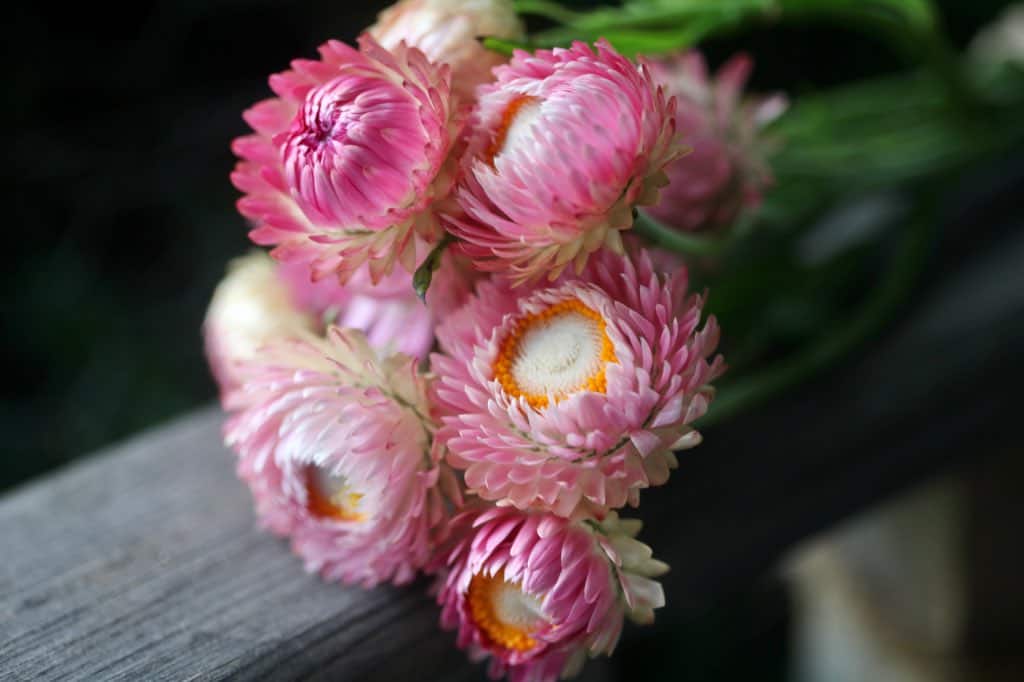
Strawflower bracts come in shades of white, pink, purple, yellow, and orange. There are even bicolored strawflower varieties as well.
The bracts feel like stiff paper, and have very little moisture, giving them the dry crisp texture that they are commonly known for.
The golden centres of the flowers are comprised of many tiny florets, which if pollinated, will form strawflower seeds.
The colorful bracts attract pollinators, which in turn pollinate the flowers, and aid in natural propagation of the plant.


Strawflower Foliage
The foliage on a strawflower plant grows along the stems of the plant.
The green leaves are lanceolate, and can grow up o 4 inches in length, with smaller leaves towards the top of the stem. The leaves are covered with very fine hairs.
All foliage is removed from the plants when used as cut flowers.
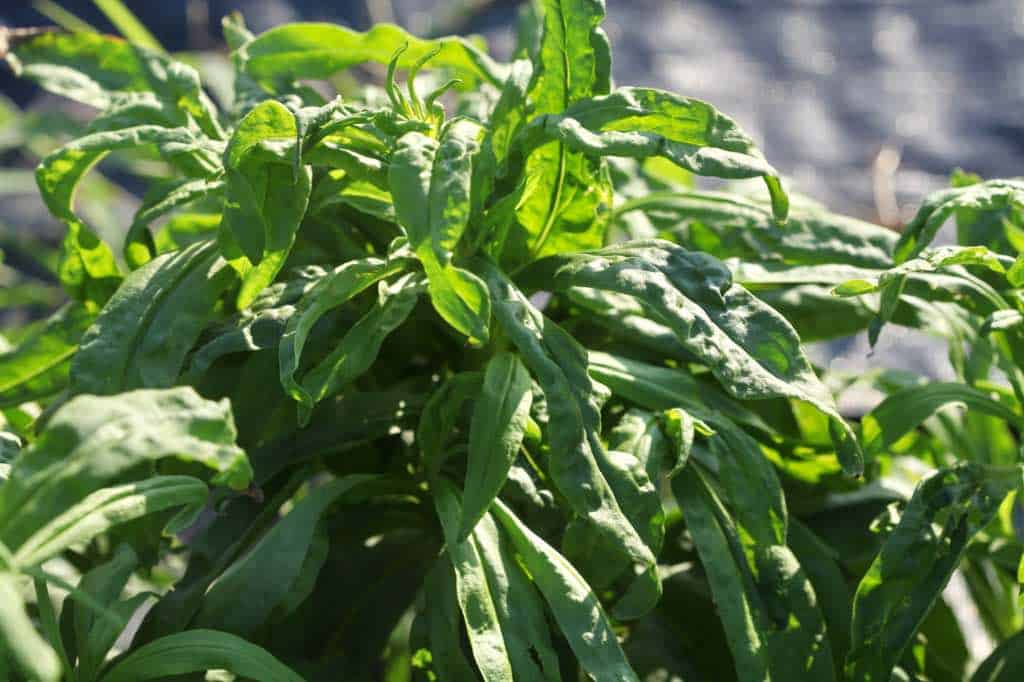
Strawflower Stems
Strawflowers grow on multi branching stems, which grow from a larger central stem.
The stems are also covered in fine hairs.
The central stem of the plant can grow up to 40 inches in height in taller varieties.
The central stems are sturdy and tall when grown in ideal growing conditions, and benefit from staking in windy locations.

Strawflower Seeds
The seeds of the strawflower bloom require no special treatment to prepare them for germination.
The seeds do require light for successful germination however, so be sure to leave them exposed during planting, and do not cover with soil.
The tiny seeds of the strawflower plants are known as crypsela fruit, and are small, brown, and up to 3mm in length.
If not harvested from the garden, the seeds will be dispersed by the wind.

How To Grow Strawflowers From Seed
Strawflowers are easy to grow from seed, as long as the seed is fresh.
If you are having difficulty germinating your strawflower seeds, look at the date of harvest, and make sure to use fresh seed for the best outcome.

When To Plant
In colder climates, start strawflower seeds indoors in late winter or early spring, approximately 4 to 6 weeks before you plan to plant the seedlings into the garden.
This gives the plants a head start, and lots of time to grow before planting them out in spring.
Planting indoors also helps to control the environment in which the seeds are grown, contributing to better germination success.
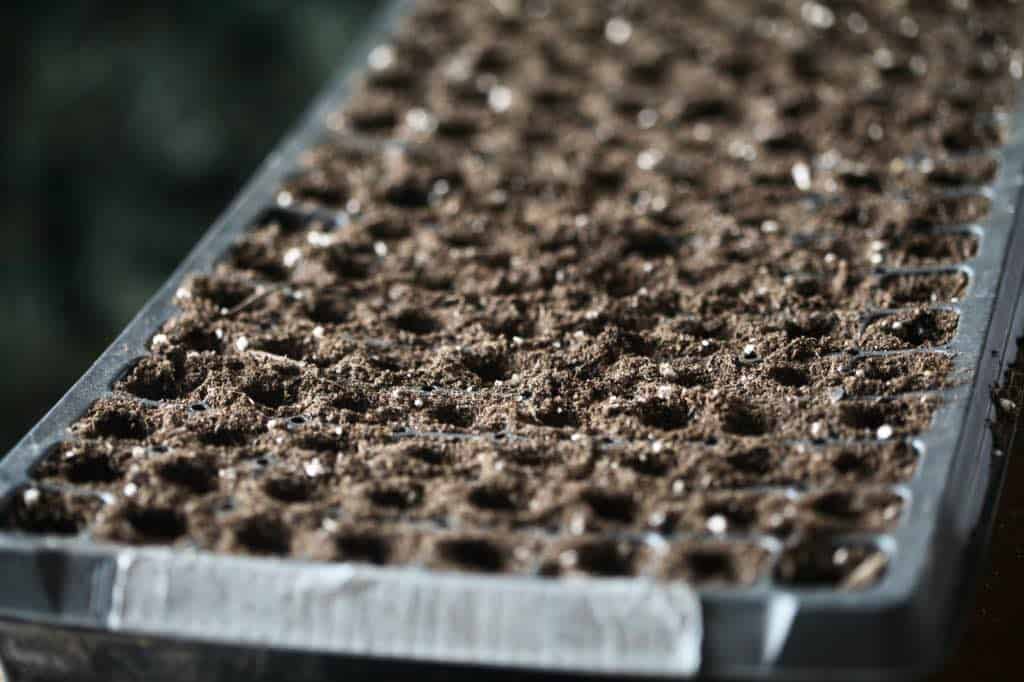
By starting the plants from seed early indoors, in colder growing zones, they will be more mature when planted out, and therefore will be able to bloom much earlier in the garden.
This early planting will provide flowers to use throughout the summer months, and well into fall.
In warmer climates, the seeds can also be started indoors, which is the recommended way of planting.
In these warmer zones however, the seeds can also be directly sown into the garden, or even into a planter.
This is because in warmer climates there is an extended growing season, as opposed to the short growing season in cooler zones. This longer season will provide lots of growing time for the directly sown strawflower seeds to germinate, grow, and bloom.
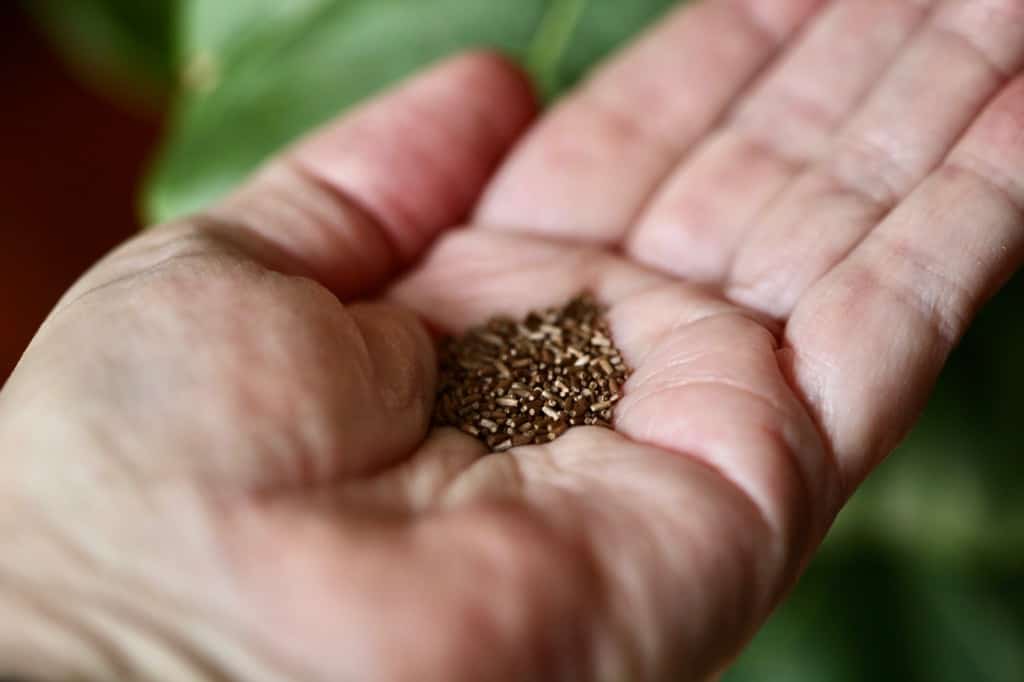
How To Plant
Starting From Seed Indoors
- Starting strawflower seeds indoors is the recommended method of sowing, especially in cooler climates.
- Fill a cell tray with a good quality soilless medium. Place a little indent in the centre of each cell, into which to drop a strawflower seed.
- Place a seed into each cell, on top of the medium. Do not cover the seeds, as they require light for germination.
- Bottom water the tray, and then place the tray on a heat mat, which will help to stimulate germination.
- Do not allow the soil to dry out during the germination process. Bottom water as needed during this stage.
- Once 60% of the seeds have germinated, place the cell tray under grow lights.
- Continue to provide light and moisture, until the new seedlings are ready to be hardened off before transplanting into the garden.

Direct Sowing
- To direct sow seeds in warmer climates sprinkle the seeds on top of a prepared bed when the weather warms up. Seeds will germinate when the soil surface warms.
- Keep the soil moist while the seeds are germinating.
- Thin to a plant spacing of 10 to 12 inches when the seedlings are approximately 6 inches high.

Transplanting Into The Garden
Since strawflowers are hardy annuals, the young plants will be able to be transplanted into the garden in early spring.
They still require hardening off however, to toughen up the plants, and to help them acclimatize to the sun, wind, and the cold weather fluctuations of spring.
Transplant after the last frost date in your growing zone, and once the danger of frost has passed.
These hardy annuals will be able to tolerate some cold weather, including light frosts, which occurs in some climates in late spring.
Space the seedlings approximately 10 to 12 inches apart to allow for good air circulation. We plant our strawflower seedlings into landscape fabric with this approximate spacing.

Strawflower Care
Strawflowers are low maintenance plants, and require very little care. Let's take a look at some considerations for plant care, for growing healthy strawflowers.
Growing Zones
- When treated as annual plants, strawflowers will grow in all hardiness zones.
- As a tender perennial, the plant can over winter in usda hardiness zones 8 to 11.
Light Requirements
- Strawflowers grow best in a full sun location.
- These plants will also grow in a part shade location, however there will likely be a reduction in blooming, and the plants may develop some weak stems as well.

Soil Requirements
- Strawflowers grow well in an average fertility soil. The plants can be successfully grown in a wide variety of soils, as long as there is good drainage.
- Avoid waterlogged soil, which can contribute to root rot.
- It's important to have well-drained soil for best plant health.
Moisture Requirements
- Strawflowers are known to be drought-tolerant plants, however will appreciate some extra watering during dry spells.
- The plants will benefit from about an inch of water per week.
Pinching
- Pinching strawflowers will stimulate the plants to produce more side stems, and to grow bushier.
- The pinching process will encourage a more uniform production of side shoots.

Staking
- Staking is beneficial for taller plants, to prevent the plants from toppling during a strong wind.
- From my experience in the garden, planting at a 9 inch spacing encourages denser plantings, and the plants tend to remain upright, supported by the other plants.
- Plants on the edge of the row however are more at risk for blowing over.
Deadheading
- Deadhead spent strawflower blooms for optimal flower yield.
- Deadheading spent flower heads will divert the plant's energy from seed making, back into flower production.
- Therefore a good pruning and tidying of the plant will result in more blooms.
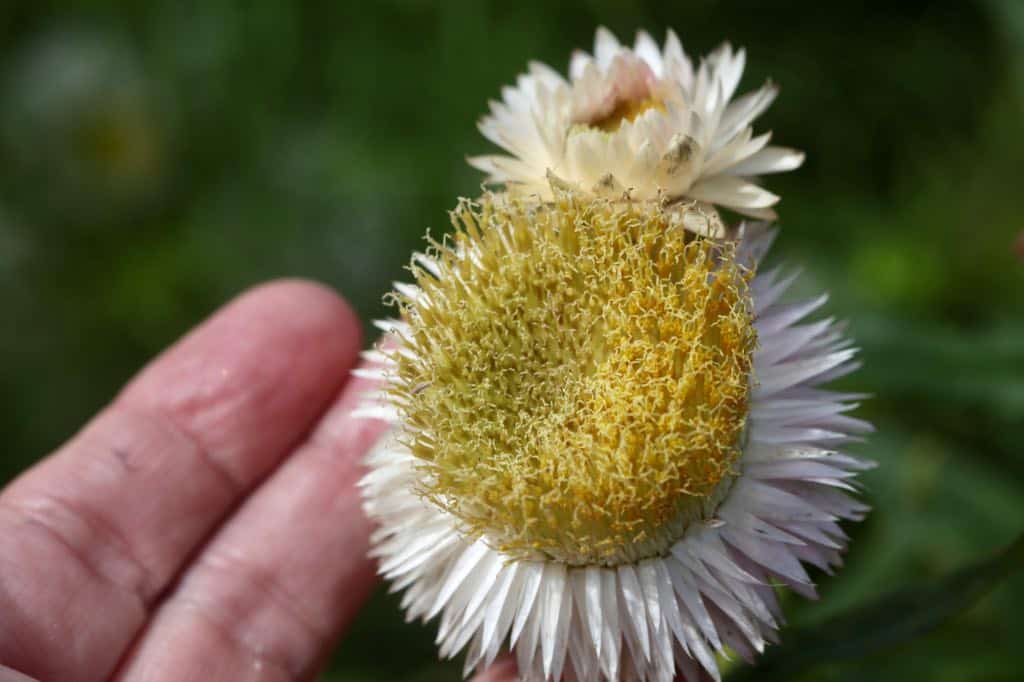
Pest And Disease Management
- Strawflowers are relatively easy to care for as far as pests and diseases are concerned, however they are not completely immune.
- Some common pests include aphids, spider mites, thrips, white flies and leaf miners.
- Common diseases include powdery mildew, root rot, botrytis blight, and viral disease.
- Treatment starts with prevention, and use of good cultural practices to provide the best care for the flowers. Healthy plants will be less at risk for pests and disease.
- Monitor the plants throughout the season for early identification of problems.
- Treat with organic treatments if possible. Consider natural predators as well, such as lady bugs, to help manage pest populations.

Harvesting Strawflowers
The timing of harvest for your strawflowers will make a difference in their appearance post drying.
This is because strawflower blooms continue to mature and open for several days, even after they are harvested.
It's important to be aware that the flowers also have a tendency to close up when it is dark or cloudy outside, and sometimes portray that they are in a more immature stage, when in fact they are not.
If strawflowers are harvested close to the stage where they are past their prime, the final dried product may not be as pretty. As the over mature blooms continue to age after cutting, they often become fragile, and may even fall apart.
Most people tend to prefer a dried strawflower with a closed bract over the top of the bloom. However even if picked in this condition, the flowers may continue to open after harvest, exposing the pollen inside.
There is a method to getting the right appearance for your strawflower blooms post harvest. The key is to harvest the blooms at just the right time, to accommodate the changes in the blooms post harvest.
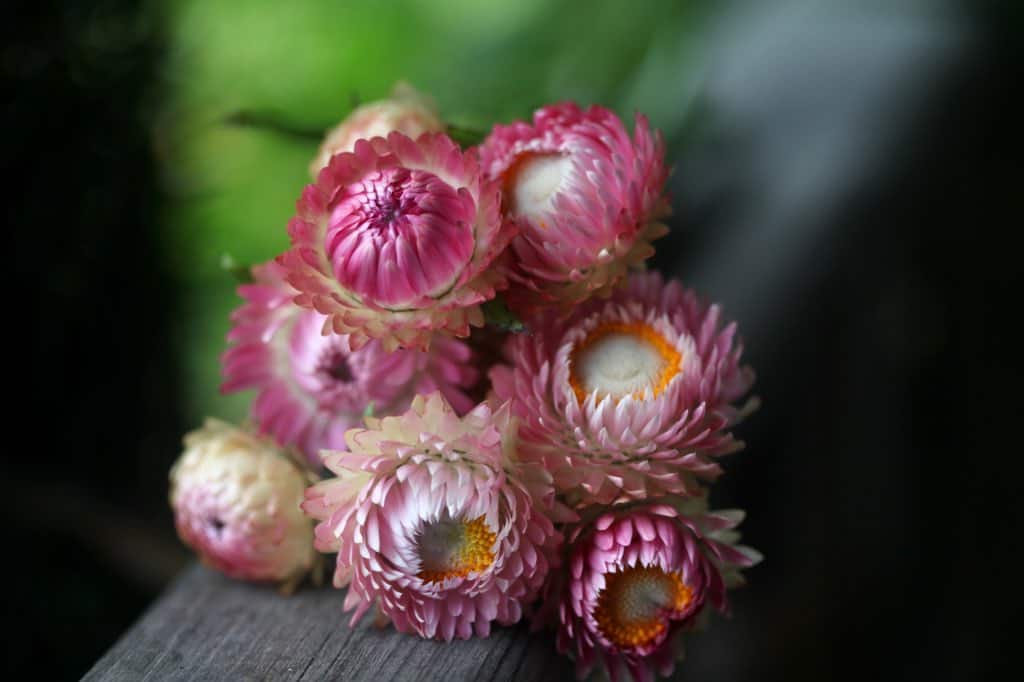
When to Harvest
Best Time For Harvesting
- Whether harvesting for fresh cut flowers or drying, the time of day for harvest applies to both types.
- The best time of day for harvesting the flowers is in the early morning or evening, when the flowers are in their most hydrated state, and when the lighting is bright.
- These cooler parts of the day also help to get the cut flowers out of the heat of the midday sun.
- Another consideration is the bright light at harvest time, which will cause the over mature blooms to open up, so that you are not fooled by closed bracts.

Best Stage For Harvesting
The prime stage for harvesting your strawflowers will be dependent on the planned use for the blooms, and whether they will be used in either the fresh or dried state.
For Fresh Cut Flowers
- For fresh cut strawflowers, which will be used fresh in the vase, chose flowers with 3 to 4 sets of bracts open.
- Ideally you do not want to see any yellow pollen in the centre of the flower.
- Do a wiggle test for stem maturity. You want a firm stem for this stage of harvest.
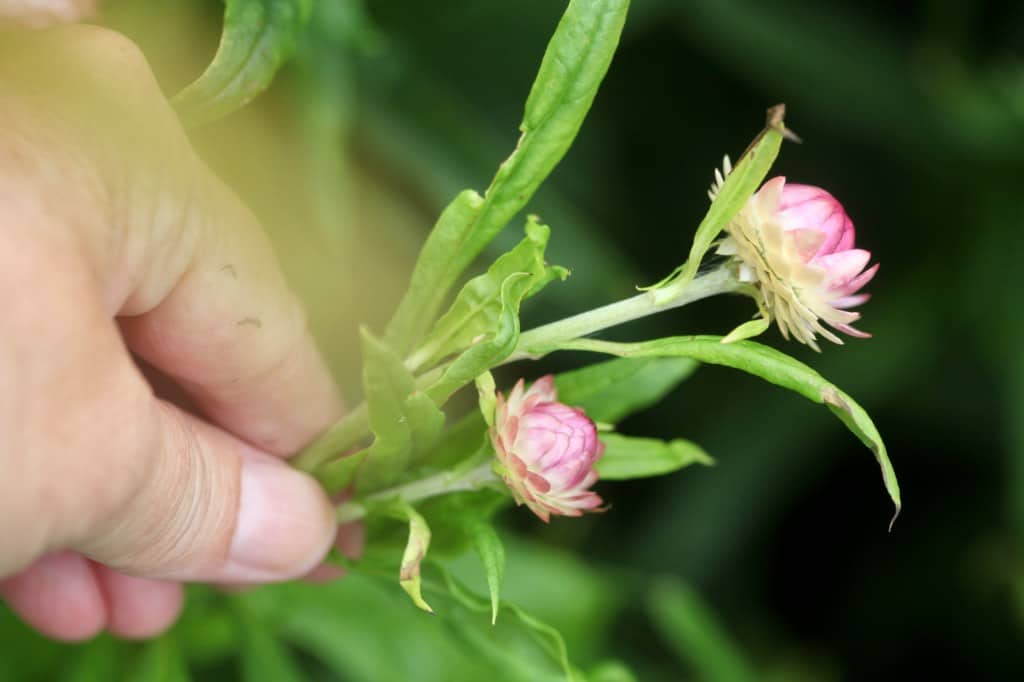
- This test is similar to the wiggle test for zinnias.
- Grasp the stem between two fingers, approximated 6 inches down from the flower.
- Gently wiggle the stem back and forth.
- If there is a significant sway in the stem, then the flower is still too immature to harvest.
- Immature flowers tend to droop in the vase, due to the softer stem.
- If the stem stays fairly stiff when wiggled, your timing is right.
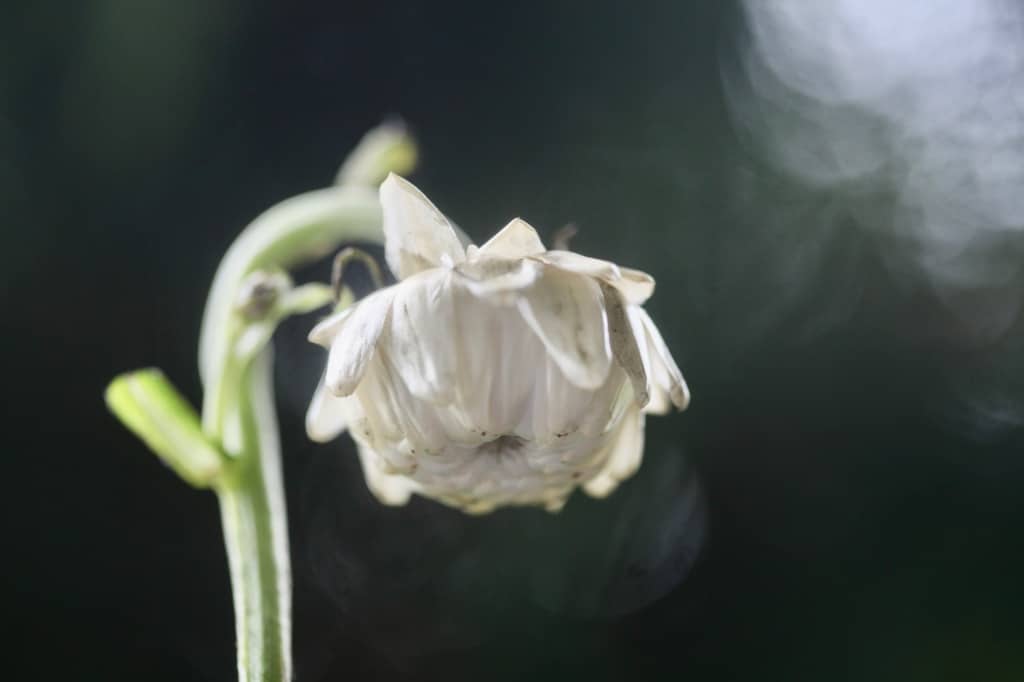
For Dried Cut Flowers
- For strawflowers which you intend to dry, the harvest time can be a bit earlier than with fresh cut blooms.
- Harvest when the flowers have 2 to 3 sets of bracts open, with no open pollen in the centre.
- There is no need to do the wiggle test at this stage, because the stems will not pass the test.
- What you are looking for really is the flowers themselves. The flowers can sometimes even be removed from the stems, if you are planning to wire them.
- Even if left on the stems to dry, the more immature stems will be hung upside down, preventing drooping.

Now let's have a look at how to harvest the strawflowers, and how to cut the stems.
How To Harvest Strawflowers
You will need a pair of sharp clean snippers to cut your strawflower stems.
Do A Wiggle Test
- Make sure to do a wiggle test before harvesting for fresh cut strawflowers. If picked too early for fresh cuts, the flowers can bend in the vase.
- Once you have chosen a flower at the right stage to harvest, look at where you will make the cut along the stem.
Cut The Stems
- If the flower is part of a long side shoot, you can cut deeply all the way back to the central stem.
- If the flower is at the top of the central stem, this plant is likely in an earlier stage of growth.
- Cut deeply down the stem, making a clean cut at a 45° angle. Keep at least 4 side shoots remaining on the plant in the garden bed, for future growth and production.
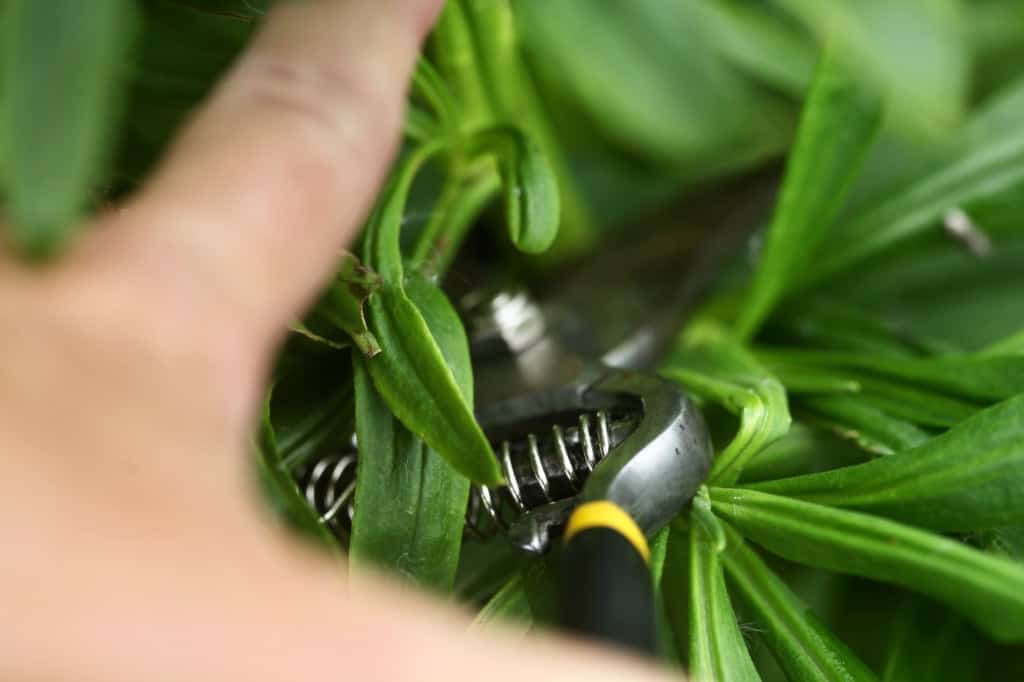
Strip The Foliage And Side Shoots
- Once the stem is cut, strip all the foliage off the stem.
- Many people remove the smaller side shoots and small flowers as well, when harvesting for fresh cut flowers. This is because these immature flower stems will often droop or wilt.
- If you are planning to dry the flowers, you can leave the smaller buds in place, as they look great with different sized dried blooms.

Condition The Flowers
- Place the stems immediately in a container of cold water or holding solution after cutting.
- Allow the flowers to condition for several hours prior to using.
- Vase life for fresh cut strawflowers is 7 to 10 days.
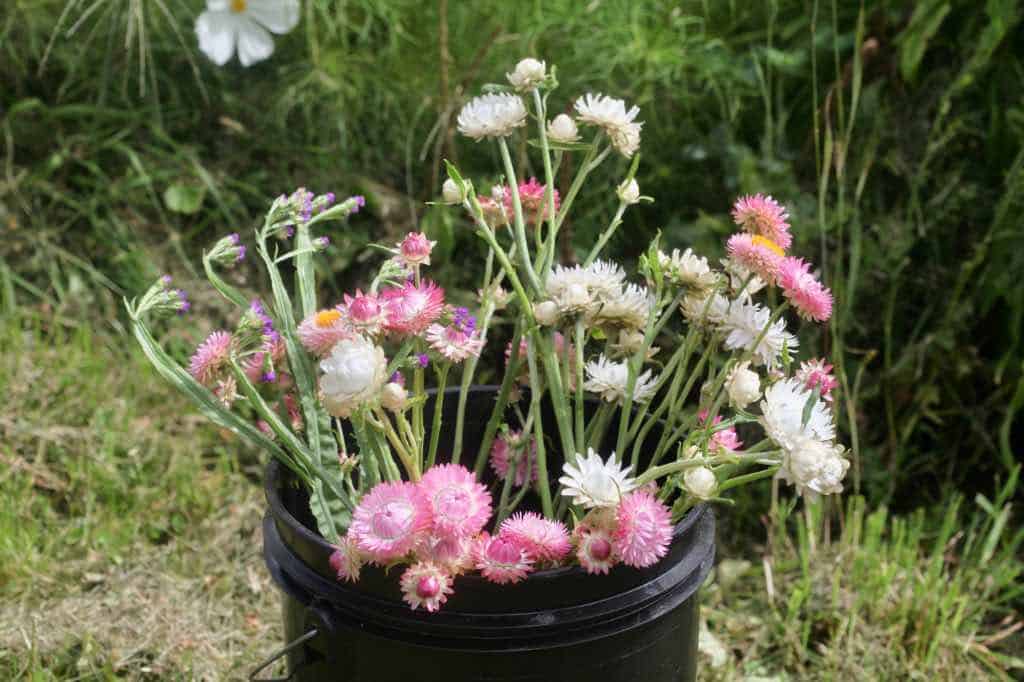
Dry Strawflowers Harvested For Drying
- Stems and flowers that were cut for drying can be bunched together in smaller bunches and hung to dry in a dark place.
- Make sure to use a dry place with adequate air circulation.
- The drying process for strawflowers is approximately 2 to 3 weeks.
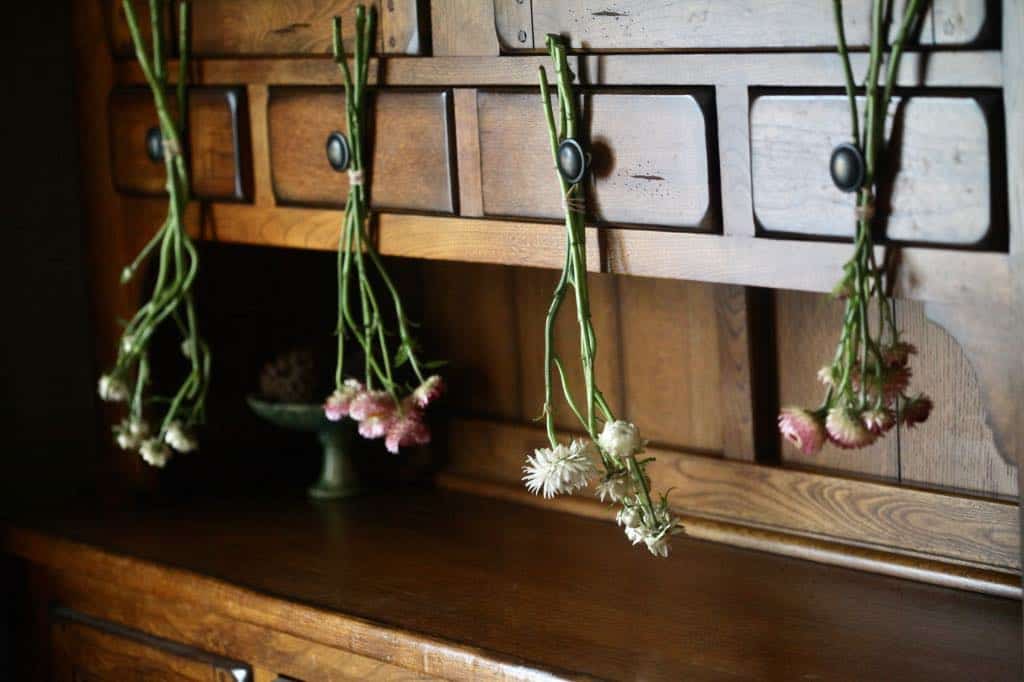
Frequently Asked Questions
How Long Do Strawflowers Take To Grow?
Once the tiny strawflower seeds are surface sown, with the right growing conditions such as bottom heat and moist medium, the seeds should germinate within 7 to 10 days.
The seedlings can be planted into the garden in early spring, since they are hardy annuals and will tolerate the cool weather and some frost.
Be sure to harden off the plants before transplanting out, to acclimatize the plants to the outdoor elements. Once hardened off the plants can be transplanted into the garden.
Early transplanting can result in earlier blooms, starting in early summer and through to the fall.
Strawflowers take approximately 75 to 85 days to grow from seed to maturity.
Once the plants begin to bloom, they will continue to produce stems, especially if they are pinched or cut from, as this will stimulate more growth.

Can Strawflowers Be Planted In Pots?
Strawflower plants will be restricted in growth if grown in a smaller container. However the plants can be successfully grown in pots, especially in large containers which will allow for good root growth.
The larger the depth of the pot, the better, and can result in a healthy and happy plant.
Interestingly I planted one of my strawflower seedlings into a red solo cup. The plant had been missed when the other strawflowers were planted into the garden, and I wanted to make sure that it survived, so I planted it up.
The little strawflower plant continued to grow, although to a miniature version. Compared to all of the other field grown plants, which had been germinated in the same cell tray at the same time, the solo cup strawflower was much smaller, and took longer to bloom.
So it's important to know that size of the growing container, as well as other factors, can influence the size of the plant.

Are Strawflowers Self Seeding?
Strawflowers are considered to be self seeding in warmer climates.
In colder climates, consider harvesting the strawflower seeds at the end of the season, for planting out again next year.

It's fun to watch the strawflower blooms mature, and form seed heads on the spent blooms. The mature flowers can become quite large, with a bright orange centre disc, compared to the more immature blooms, with closed central bracts.

Are Strawflowers Cut And Come Again?
Yes strawflowers are considered to be cut and come again flowers.
The more that the plants are harvested from, the more flowering stems will be formed.
When harvesting, be sure to leave some of the stem with lower sets of leaves behind on the plant, to allow more stems to form.
This will ensure new growth, and as long as you have some time left in the growing season, new stems will form and mature, for yet another harvest.

Conclusion
Strawflowers are great additions to the cut flower garden. The daisy-like flowers can be used in both the fresh and dried state.
Strawflowers are wonderful everlasting flowers to grow and dry. Dried strawflowers can be used in all sorts of craft projects, such as wreath making and dried flower arrangements.
The dried flowers hold 85% of their color, and lose minimal volume during the drying process, making strawflowers an ideal everlasting flower.
Avoid harvesting over mature blooms, and use strategies to identify the correct stage for harvest.
Consider growing some strawflowers next season, to experience their beauty both in your garden, and in the vase.
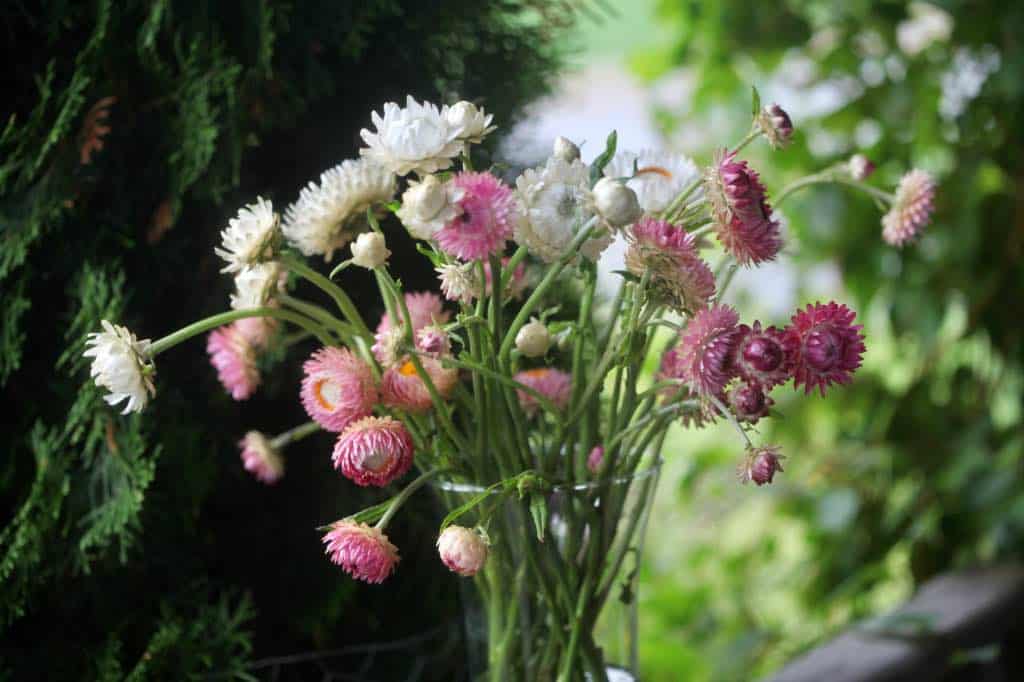
Have you ever tried to grow strawflowers in your garden? Be sure to leave a comment below to share your experience!
Other Posts You May Like:
See the Web Story on Growing Strawflowers In The Garden!
PIN IT FOR LATER!
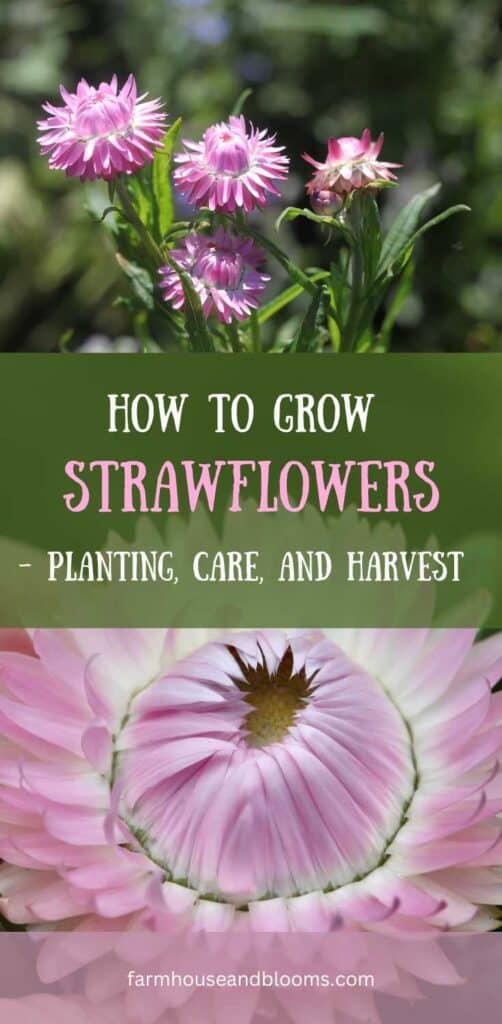
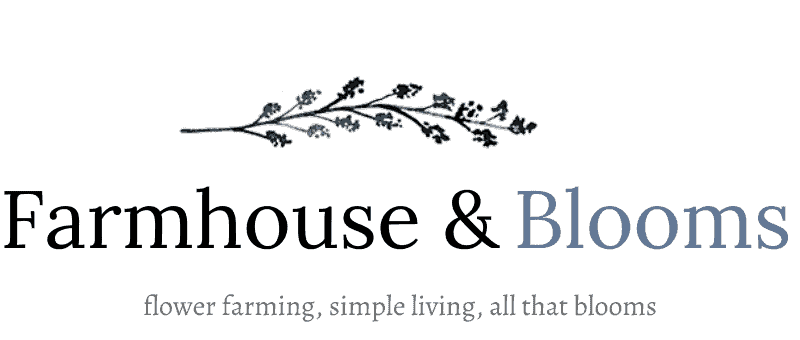

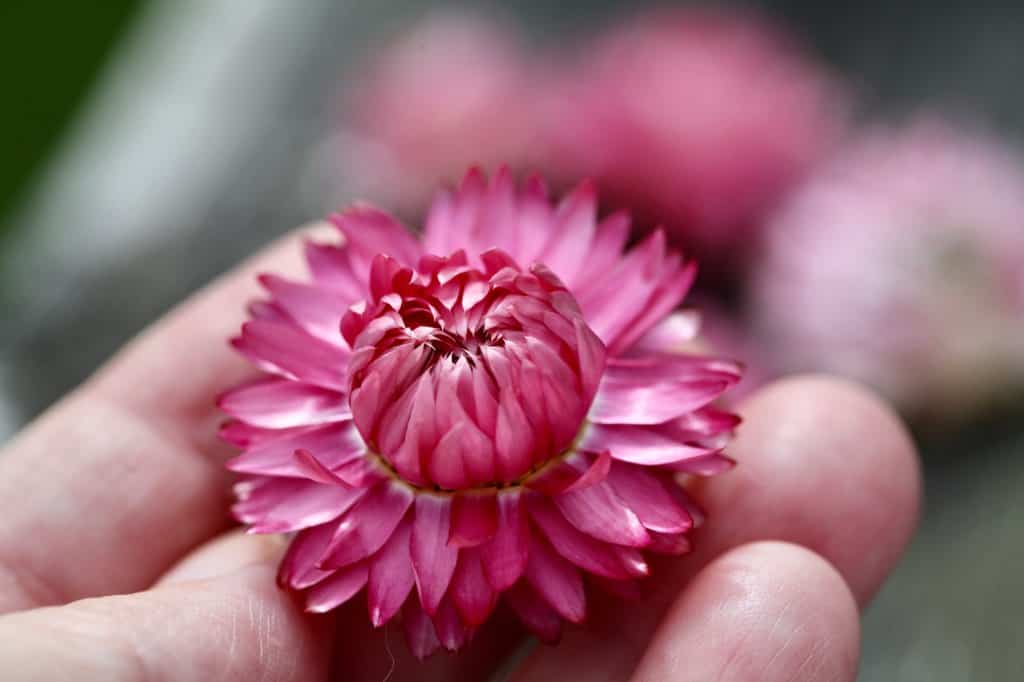
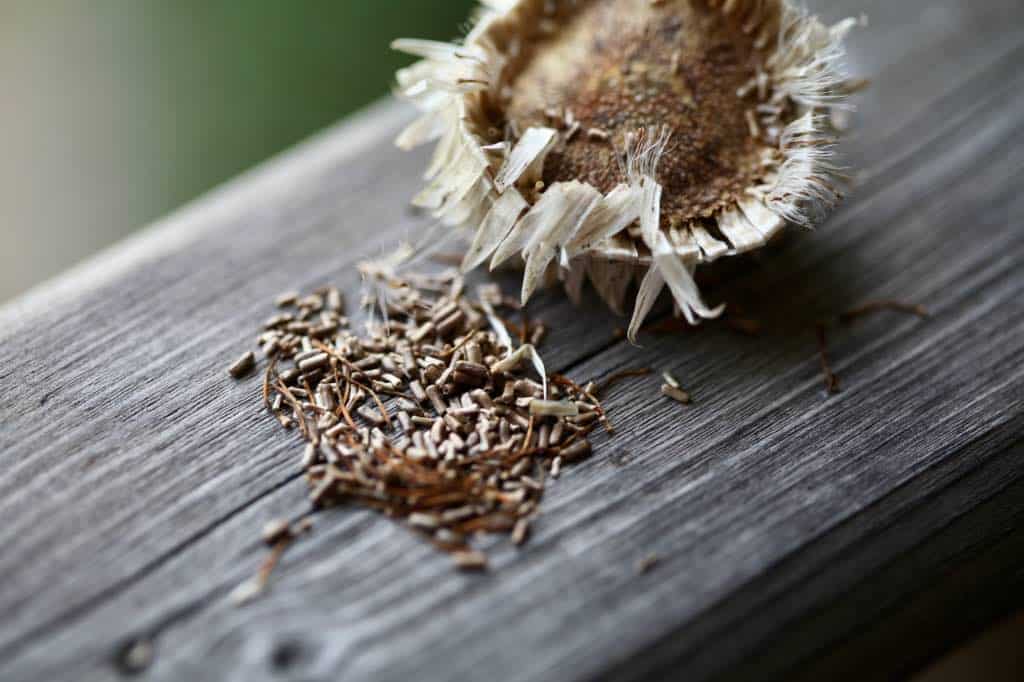


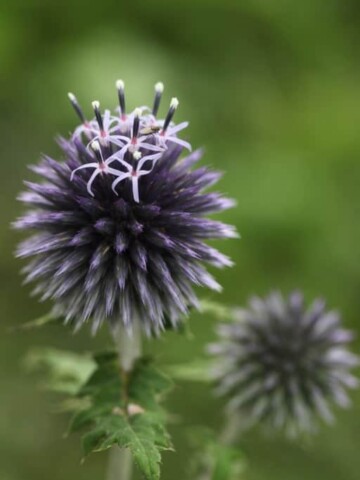
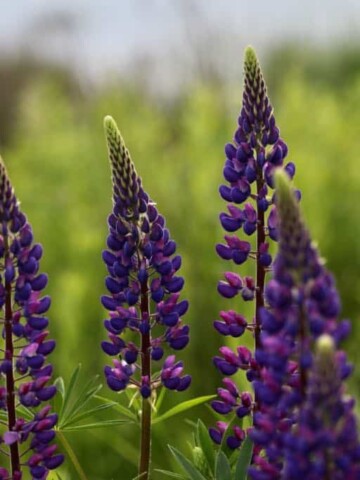
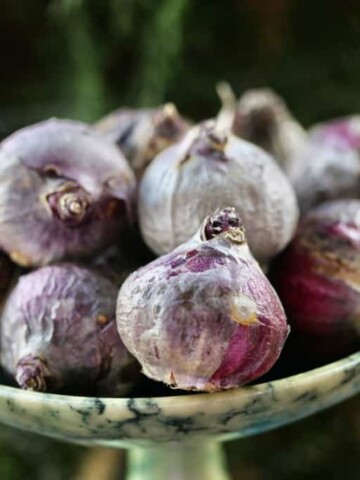
Leave a Reply